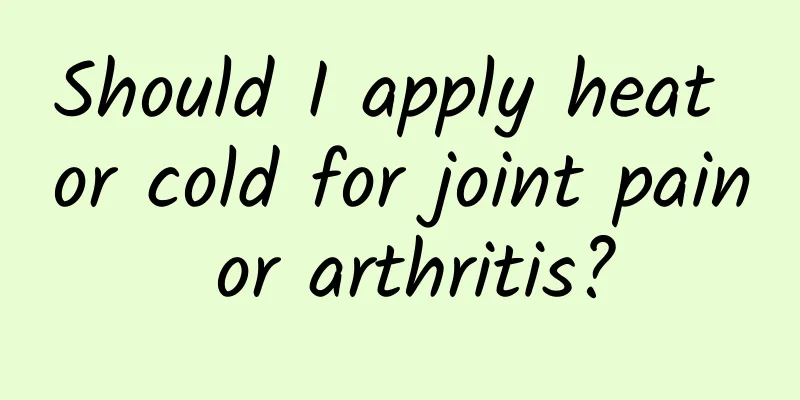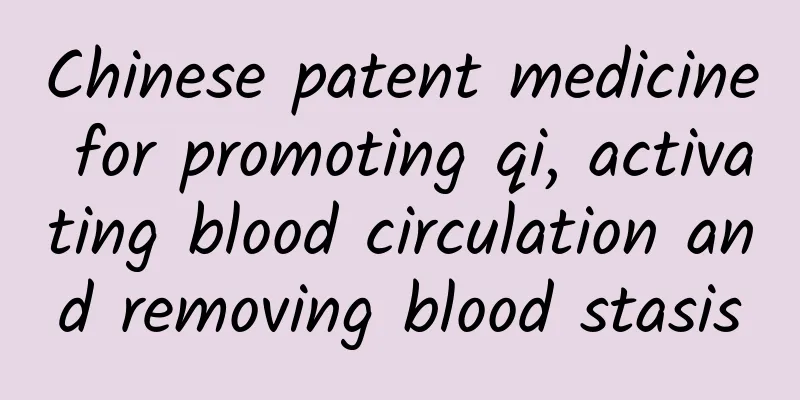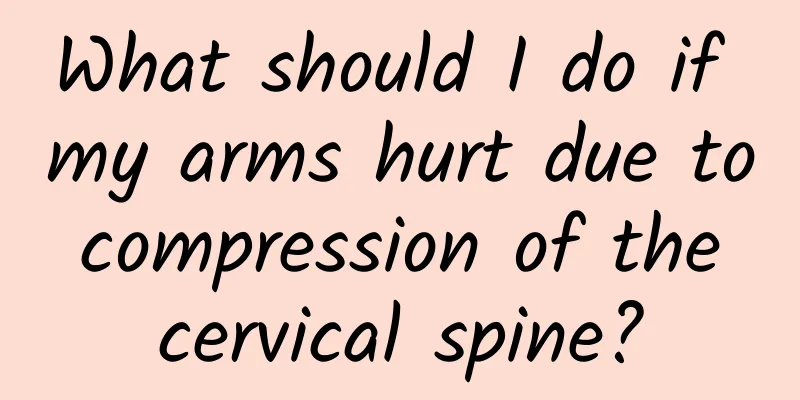Should I apply heat or cold for joint pain or arthritis?

|
At first glance, cold compress and hot compress are obviously opposites, and literally, their therapeutic effects are also opposite. In fact, both cold and hot compresses can treat joint pain or arthritis. So how should hot and cold compresses be used in different stages? Both cold and hot compresses can help treat joint pain or arthritis. From a physical point of view, according to the principle of thermal expansion and contraction, cold compress can cause muscle contraction and local blood vessel contraction, further slowing down muscle blood flow. For acute inflammation such as acute swelling and bleeding or acute sprain, it can not only stop bleeding, but also reduce swelling, thereby promoting the recovery and reconstruction of local muscles or soft tissues. Hot compress can cause muscle relaxation, vasodilation, and congestion of muscle synovial tissue, which can relieve muscle spasms, but will aggravate inflammation and bleeding, especially in the acute phase of arthritis. Overheating can lead to worsening of inflammation, but for chronic inflammation, the body is in a stable state and there is no local bleeding. At this time, local hot compress can cause blood vessels to dilate and become congested, which can accelerate the body's metabolism and promote the dissipation and absorption of inflammation. After hot compress, waste in the muscles is excreted faster, reducing fatigue, relieving stiffness and cramps, and making the muscles relaxed and comfortable. Having said that, I think there should be no debate about cold compress or hot compress for Achilles tendonitis. For Achilles tendonitis, unless in the acute swelling stage, cold compress is required within 24 hours. After 24 hours, hot compress can be applied if the swelling is not obvious. The Achilles tendonitis we encounter in our outpatient clinic is almost all chronic Achilles tendonitis, so for chronic Achilles tendonitis, my suggestion is still hot compress. Of course, nothing is absolute. If you have Achilles tendonitis, you can use hot compresses or cold compresses to compare which treatment is more effective for you. Choose the treatment that's best for you. For various joint pains, should we use cold or hot compresses? (1) For acute sprains of joints or ligaments, it is generally recommended to apply cold compresses immediately. If an acute sprain occurs while playing ball at school and there is no ice pack, you can simply take off your shoes and rinse them with tap water for more than 15 minutes. For acute sprains, it is generally not recommended to apply thermal or blood-activating plasters immediately, as these can easily cause swelling. Avoid applying hot compresses to acute sprains, as they can cause further bleeding and increase swelling. 24 hours after an acute sprain, the body enters a stable period and bleeding stops. At this time, hot compresses can be considered. However, in cases of severe sprains or even fractures, the body is still obviously swollen after 24 hours. At this time, hot compresses are not recommended, but cold compresses can continue. (2) For patients with arthritis, local pain, or tendinitis, cold compresses are recommended during the acute swelling phase. After more than 24 hours, hot compresses can be applied after the swelling has subsided. Achilles tendonitis and foot fasciitis are the two diseases that are most commonly seen in outpatient clinics. These two diseases are basically chronic, with no obvious redness or swelling, and can both be treated with hot compresses. (3) After limb surgery, especially arthroscopic surgery, because I perform a large number of arthroscopic surgeries, I always tell my patients that the success is only half achieved after the surgery, and the other half must be achieved through their own rehabilitation exercises. Since limb rehabilitation training is very important, local swelling is likely to occur after rehabilitation exercises. At this time, cold compress should be applied. Often within 2 weeks after arthroscopy and after rehabilitation exercises, there will be varying degrees of swelling, in which case cold compresses should be applied. Similarly, you can apply hot compress after the swelling goes down. |
Recommend
Neuroviral infection
Neuroviral infection is a relatively serious infe...
Can sweat steaming cure acne?
Sweat steaming has certain beauty and skin care e...
Can cupping help you lose weight? What are the benefits of cupping for weight loss?
I believe everyone is familiar with cupping! Many...
The early symptoms of kidney deficiency can be understood from different types
Kidney deficiency is a common clinical disease. I...
Avascular necrosis of talus
Some people may suffer accidental injuries, espec...
What causes sha?
Sha may be caused by insufficient lung qi or bloc...
What to do if you have kidney deficiency and sweating? Chinese medicine teaches you how to regulate your diet
In life, sweating is a normal physiological excre...
Small white particles on the back
People's skin is exposed to the outside every...
What are the symptoms of acute appendicitis?
In life, people will be exposed to some diseases ...
Spleen deficiency and dampness accumulation syndrome, three most common syndrome types
Spleen deficiency and dampness accumulation syndr...
What causes kidney pain?
Kidney deficiency is a common disease in life, an...
What to do if your baby has stomach flu?
Gastrointestinal cold is a cold caused by a virus...
What are the effects of Chinese yam?
Wild yam is a relatively common Chinese medicine,...
Three situations of fetal heart rate deceleration
Fetal heart rate monitoring helps to observe the ...
Prevention and treatment of frozen shoulder
We also call frozen shoulder periarthritis of the...









